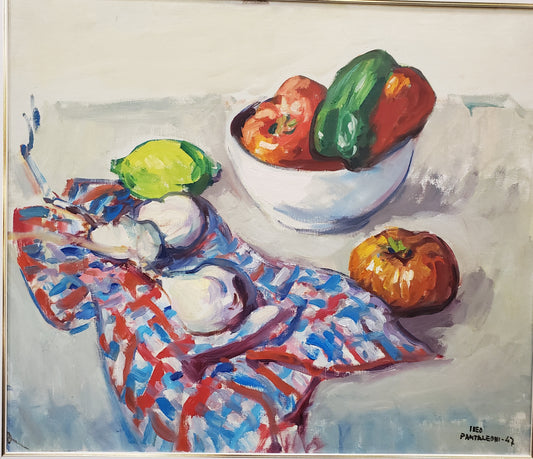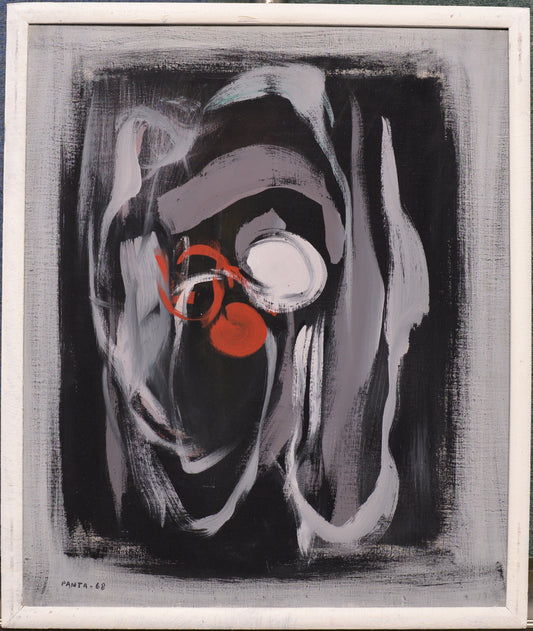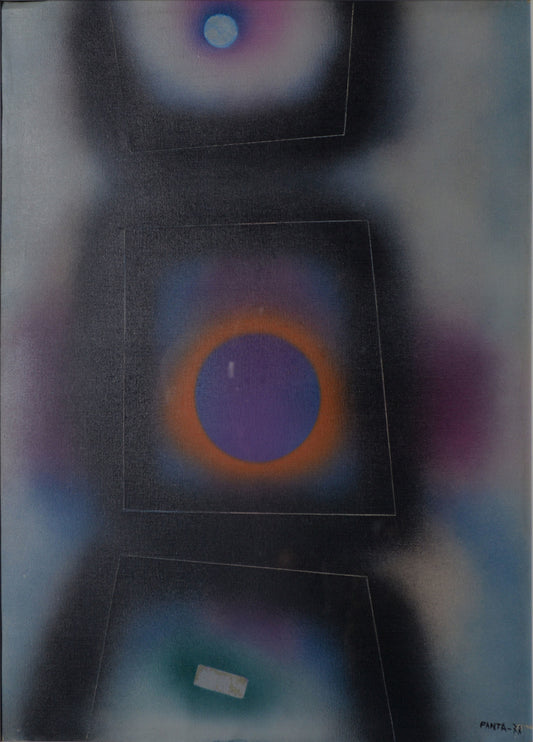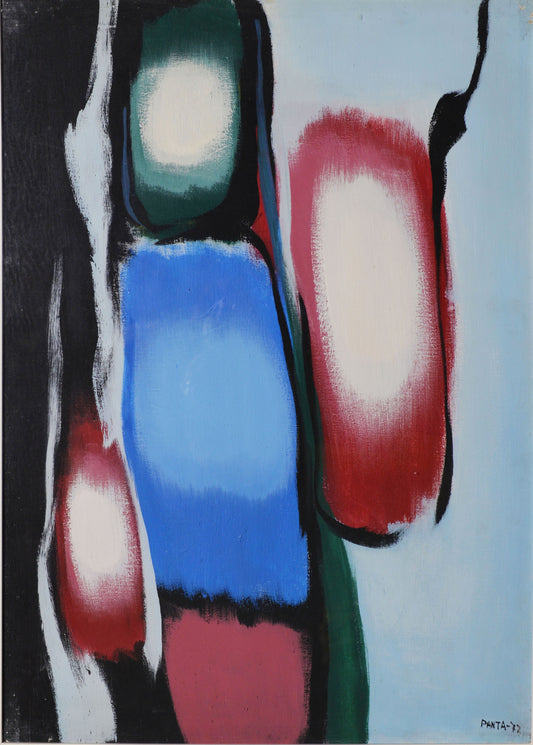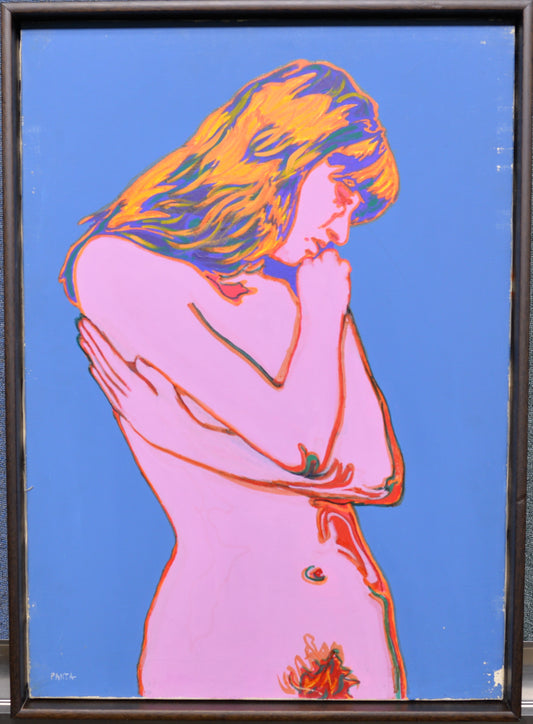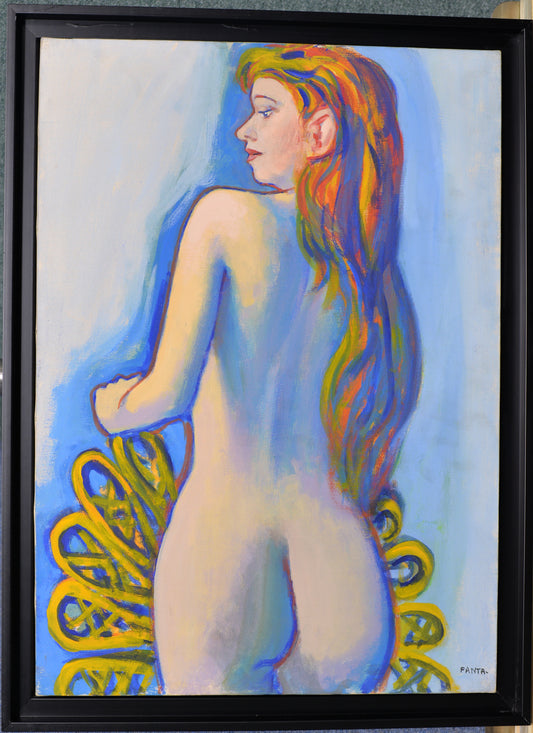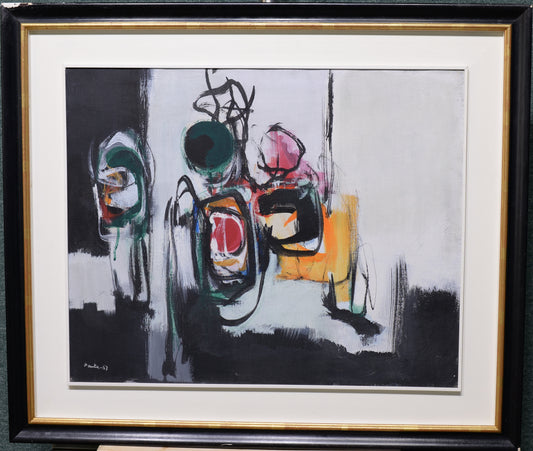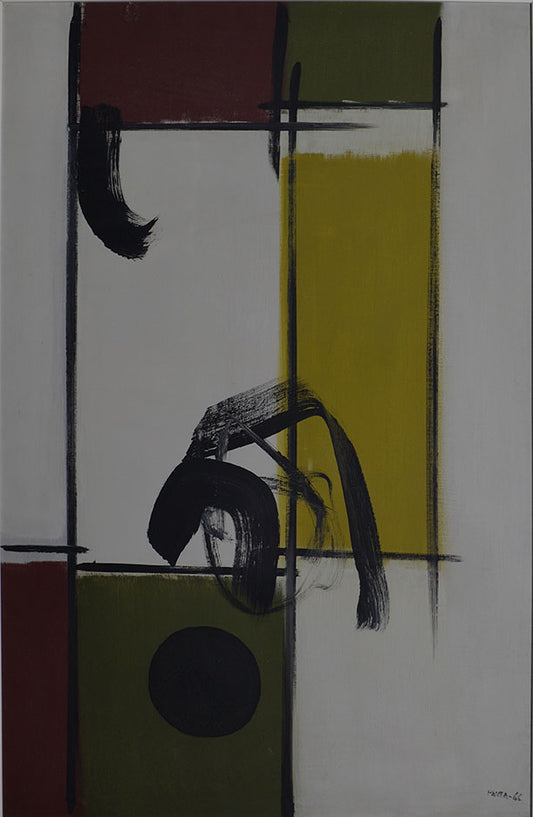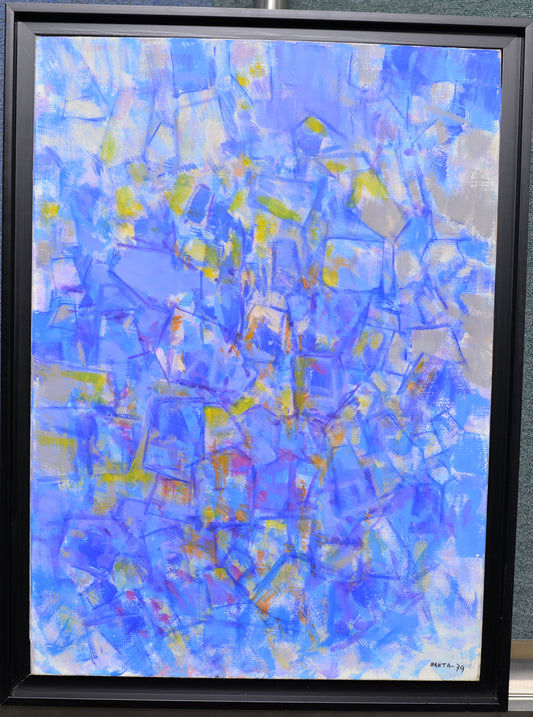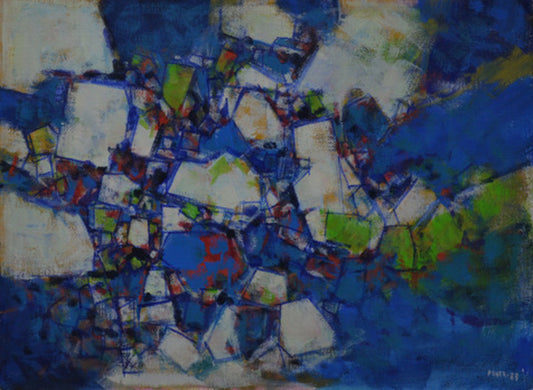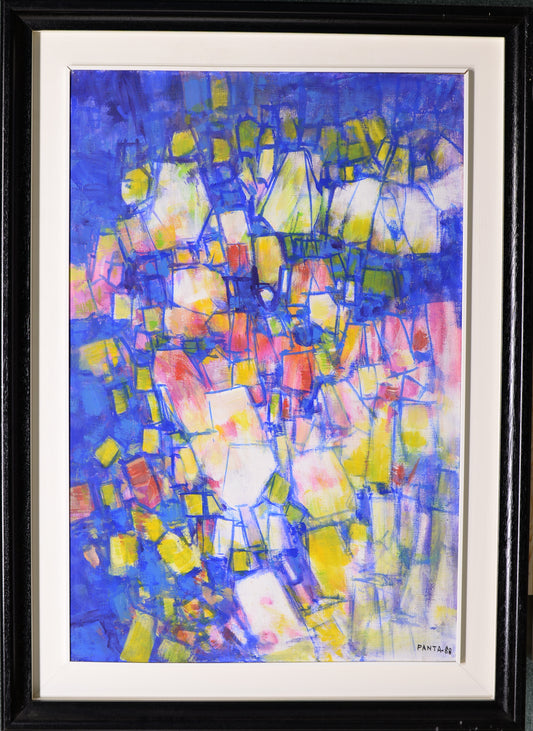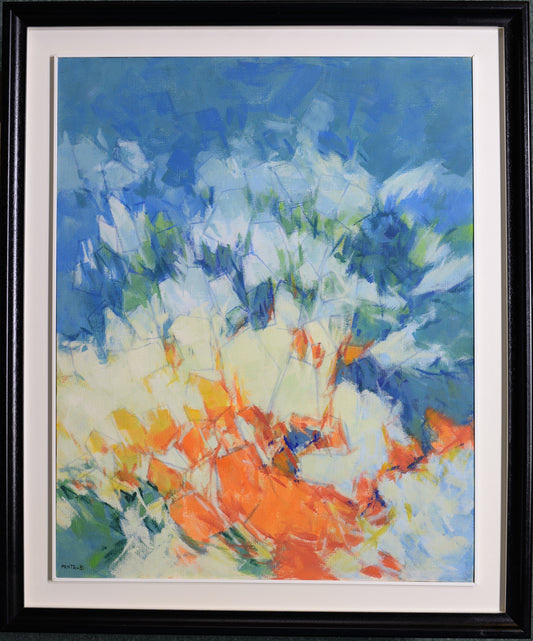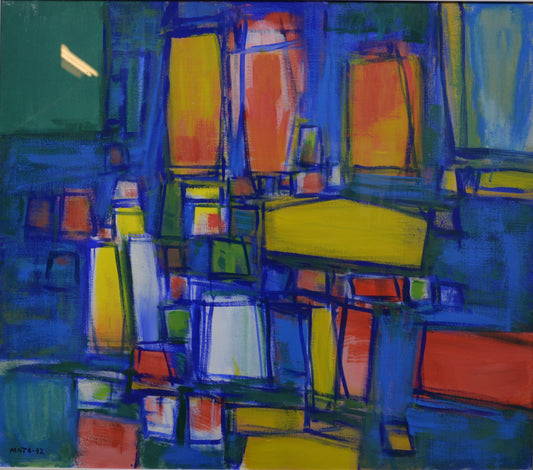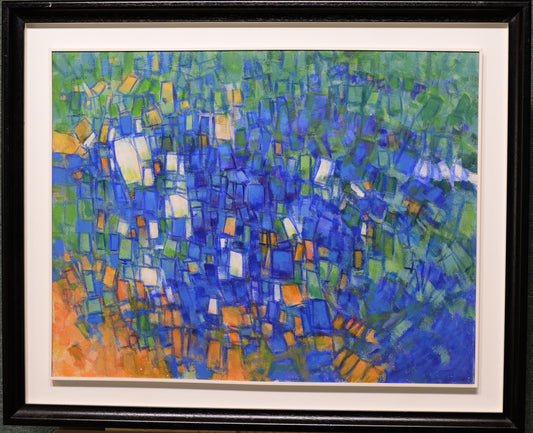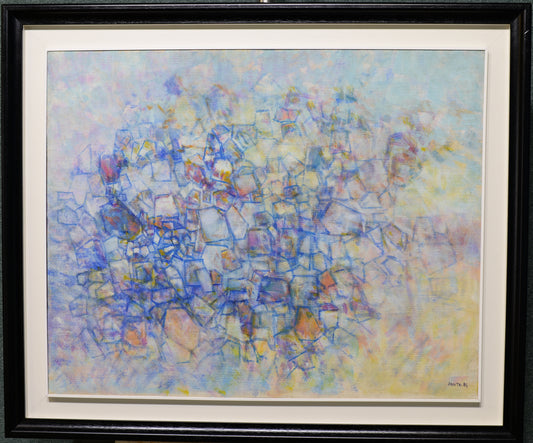Collection: Ideo Pantaleoni
Ideo Pantaleoni, born in Legnago on October 12, 1904, was an Italian artist. He began his artistic journey in Milan, a hub of art and culture. Initially, he painted naturalistic subjects but transitioned to geometric abstraction after World War II, aligning with the Concrete Art movement. His Concrete Art phase spanned from 1949 to 1958, encompassing various artistic experiments, including the "casa sperimentale b23" in 1954.
In the late 1950s, Pantaleoni evolved into Informale painting, breaking away from strict geometry. His Informale works exhibit a constructive rigor with dynamic compositions, reminiscent of Futurism. He explored diverse styles within Informale, utilizing splashes of color and marks to create intricate structures and atmospheric effects. This artistic journey showcased continuous invention and adaptability. Pantaleoni viewed painting as an exploration of color and rational composition.
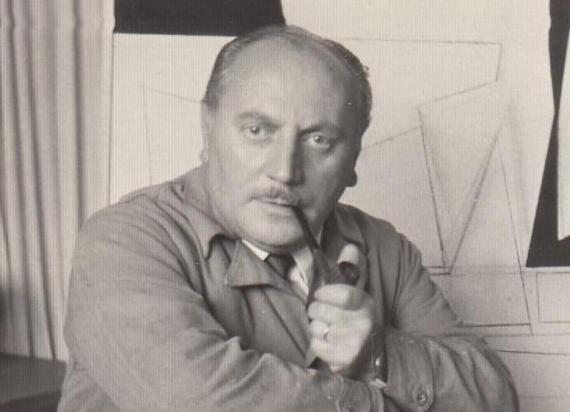
-
Still life with peppers
Regular price $6,900.00 USDRegular priceUnit price / per -
Delve In The Realm
Regular price $1,800.00 USDRegular priceUnit price / per -
Experimentation III
Regular price $2,800.00 USDRegular priceUnit price / per -
Enlightening Journey
Regular price $2,400.00 USDRegular priceUnit price / per -
Thoughtful
Regular price $4,800.00 USDRegular priceUnit price / per -
Ideo Pantaleoni, Halo
Regular price $2,800.00 USDRegular priceUnit price / per -
Abandoned Workshops
Regular price $2,900.00 USDRegular priceUnit price / per -
Outside The Lines
Regular price $6,800.00 USDRegular priceUnit price / per -
Black Calligraphy on Red
Regular price $3,400.00 USDRegular priceUnit price / per -
Chipped Ice Tray
Regular price $2,800.00 USDRegular priceUnit price / per -
Peppermint
Regular price $0.00 USDRegular priceUnit price / per -
Vertical Attraction
Regular price $0.00 USDRegular priceUnit price / per -
Kodacolor II a
Regular price $4,200.00 USDRegular priceUnit price / per -
Wondering Form
Regular price $6,400.00 USDRegular priceUnit price / per

